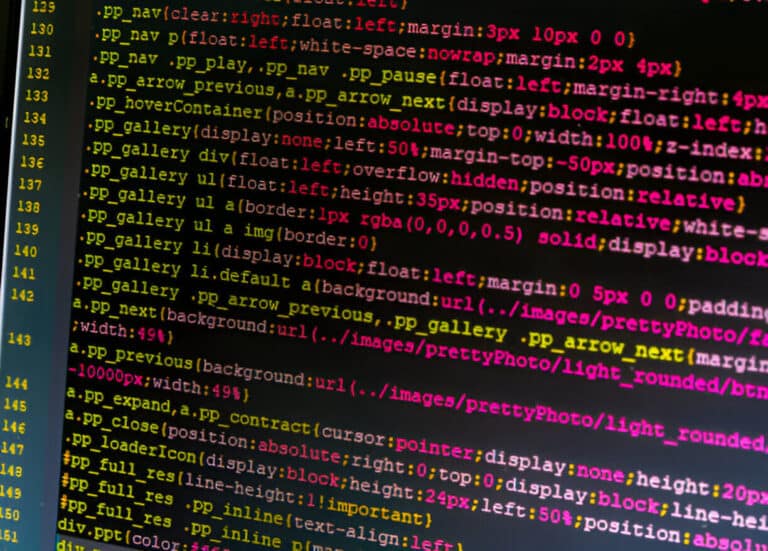Is System UI A Spy App

System UI isn’t an app or any virus spying on you. It’s merely a system application that switches on when you turn on your device. Today, when we’re constantly swiping and tapping on our smartphone devices, the System UI—User Interface—takes center stage. It’s like the behind-the-scenes director of our digital play, making things look good and work smoothly.
But here’s the kicker: could this seemingly harmless System UI be keeping tabs on us, acting like a spy on our own devices? Let’s unravel the mystery—exploring the nooks and crannies of the System UI to see if it’s a trustworthy companion or a sly observer.
What is System UI?
The System UI is the graphical shell that allows users to interact with their devices. It encompasses everything from the status bar to notifications and navigation buttons.
While it may seem like a benign facilitator of user experience, we uncover the layers beneath, examining how it operates in the background and whether it has the potential for espionage.
Is System UI a Spy App?
The System UI, as a built-in component of your device, is generally not a spy app itself. It operates to manage the user interface, handling elements like notifications and navigation. Therefore, the System UI doesn’t collect personal data under normal circumstances, mitigating the risk of privacy breaches. It acts as a facilitator for a smooth user experience without engaging in covert surveillance.
However, a caveat arises if you encounter an app masquerading as a System UI on your device. The genuine System UI is not a standalone app with a visible name or icon in the app drawer. If you find an app labeled System UI with a discernible presence on your screen, it may be a cause for concern.
This could signify the presence of spyware, exploiting the disguise of the System UI to operate incognito. In such cases, it’s crucial to investigate further and take appropriate measures to ensure your device’s and personal data’s security.
How Does System UI Work?
Android stands out for its customization options, largely facilitated by the System UI. This UI ensures seamless interactions between the user and various applications. Adherence to Google’s outlined requirements becomes crucial for developers to create apps that harmoniously integrate with the Android ecosystem. These guidelines ensure compatibility and a consistent user experience across various devices.
A notable feature introduced by Android is the System UI Tuner, an interface customization menu nestled within device settings. This Tuner empowers users to personalize their device by adjusting elements like the status and navigation bars, enabling fullscreen views for specific apps, and toggling night mode and dark themes.
While Google has recently hidden the System UI Tuner from easy access in the Settings menu, tech-savvy Android users still can activate it through specific commands, showcasing the platform’s commitment to offering a balance between user customization and system stability.
Can System UI Be Disabled?
Being an integral part of your device’s functionality, the System UI cannot be removed without causing significant issues. Attempting to uninstall or turn off the System UI application can make your phone stuck on the booting screen, rendering it unusable.
Essentially, the System UI is a critical component that ensures the proper functioning of your cell phone’s interface, and attempting to eliminate it disrupts the device’s core functionality.
While some users may desire to disable or manage the System UI, the only viable option involves rooting the phone. Rooting grants users elevated privileges, allowing them to access and modify system files, including the System UI.
However, this process has inherent risks, as it can void warranties, expose the device to security vulnerabilities, and potentially lead to a less stable system.
How Can I Prevent My Device from a System UI Virus or Malware?
Securing your device from potential System UI viruses or malware requires a proactive approach to digital hygiene.
- Firstly, ensure that you only download apps from reputable sources, such as the official app stores, to minimize the risk of encountering malicious software disguised as System UI.
- Keep your operating system and apps up to date, as developers regularly release security patches to address vulnerabilities.
- Regularly scan your device with reputable antivirus software to detect and remove potential threats, including those targeting the System UI.
- Lastly, be cautious when granting permissions to apps, especially those that request access to sensitive information or device controls, as this can help prevent malicious entities’ unauthorized manipulation of the System UI.
Closing Words
The System UI emerges as a linchpin, shaping our digital experiences on Android devices. While concerns about privacy and potential threats linger, a nuanced understanding reveals that the System UI, when left untampered, serves as a silent architect of a seamless user interface.
FAQs
Is the System UI a spy app?
No, the genuine System UI integrated into your device facilitates user interface interactions and does not engage in data collection, ensuring user privacy.
Can I disable the System UI on my phone?
Disabling the System UI is not recommended, as it’s critical for your device’s functionality. Attempting to do so without proper knowledge, such as rooting your phone, can lead to severe issues.
How can I prevent System UI viruses or malware?
To safeguard against potential threats, download apps from reputable sources, keep your operating system and apps updated and use antivirus software. Be cautious with app permissions to prevent unauthorized manipulation of the System UI.
How does the System UI contribute to customization on Android?
The System UI on Android allows for customization through features like the System UI Tuner. This tool, now hidden but accessible to tech-savvy users, empowers them to personalize elements such as status and navigation bars and enable features like night mode and dark themes.






